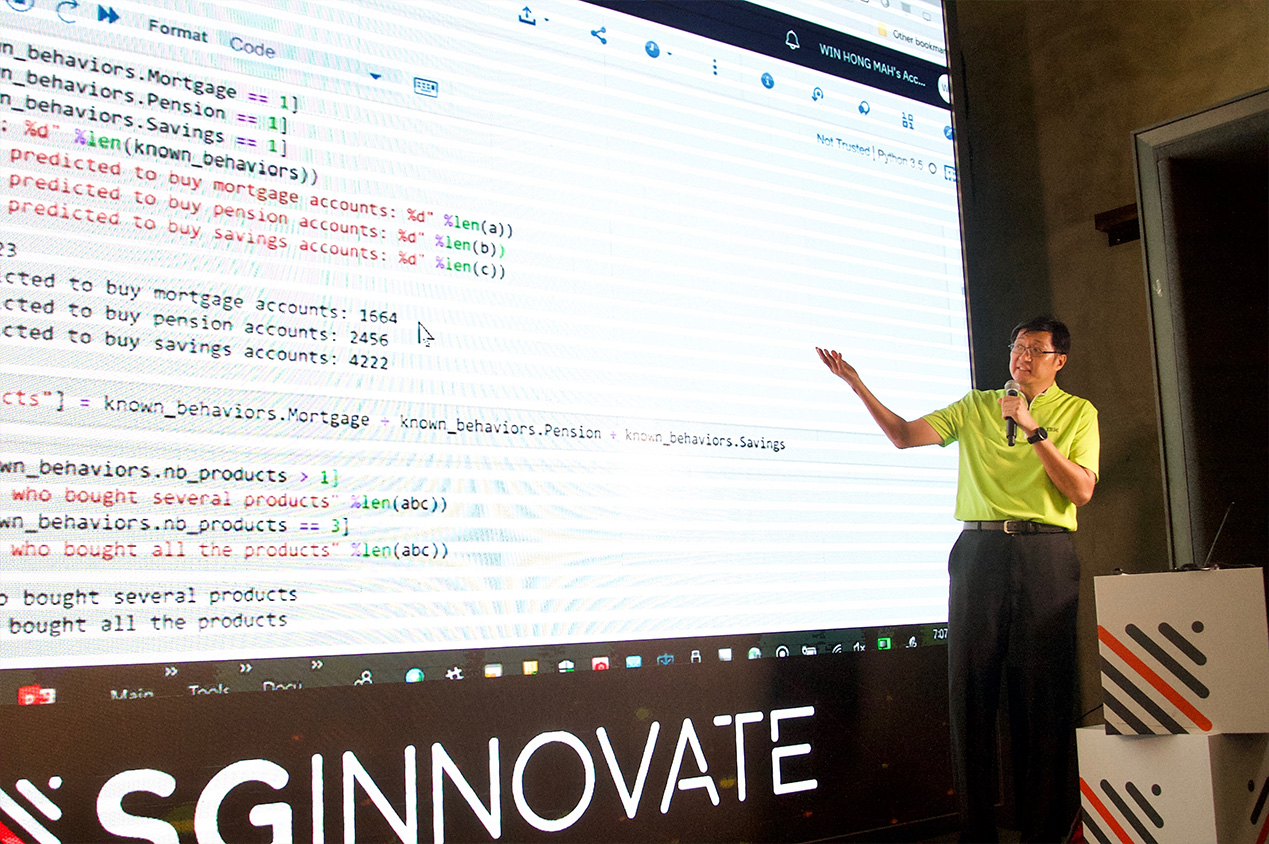Getting the Most Out of Data
Wed, 10/10/2018 - 12:00
Relying on ‘greedy’ algorithms may net short-term gains but investing in machine learning and decision optimisation will boost a company’s efficiency over the long haul, said IBM experts.
What makes one company successful while its rivals fall by the wayside? Consider the fast food industry, for example—while other restaurant chains come and go, McDonald’s golden arches have remained ubiquitous the world over. The fast food giant was one of the few companies to post an increase in sales during the brutal 2008 recession.
An essential ingredient of McDonald’s success was its early adoption of algorithms to increase operational efficiency. “At McDonald’s, everything is about consistency, including how the counters are staffed, how often a new batch of nuggets is fried and when a new batch of coffee is made. The company uses a series of algorithms to make these micro-decisions, and a simple step-by-step guide is issued to all employees in all McDonald’s all over the world,” explained Mr Mah Win-Hong, client technical professional at IBM Singapore.
Mr Mah was speaking at a session on ‘Combining Decision Optimisation and Machine Learning To Improve Operational Efficiency’, held at 32 Carpenter Street. Organised by SGInnovate in partnership with IBM, the event provided an overview of the basic concepts behind machine learning and decision optimisation, as well as how these technologies can give organisations a competitive edge.
“Today, data is the new oil—we need to find it, extract it and be able to monetise it,” said Mr Jervin Hew, technical leader, IBM analytics (ASEAN), who kicked off the session. “Our topic today is how predictive and prescriptive analytics can be combined to unleash the power of data.”
A tale of two technologies
As the term suggests, predictive analytics deals with the future—what the demand for bicycle rentals will be in two months for a particular neighbourhood, for instance. Prescriptive analytics, meanwhile, kicks in to help organisations manage the predicted situation—algorithms might, for example, offer guidance on how many bicycles need to be diverted from one neighbourhood to another to meet the demand.
While it is perfectly possible to perform each type of analytics on its own, companies that choose to do this are missing out, said Mr Mah. “Predictive and prescriptive analytics each gives you some form of benefit,” he explained. “But it is when you combine them that they synergise, giving you a value that is greater than the sum of their individual parts.”
A key technology underpinning predictive analytics is machine learning, where algorithms comb through huge volumes of historical data in search of patterns that they then use to forecast the future. Such predictions are never 100 percent certain, but offer companies a good sense of which outcomes are the most probable, said Mr Mah. “A lot of [machine learning] has been automated, and you can throw [all your input data] in and let the algorithm decide what is important and what is not.”
On the other hand, decision optimisation—which drives prescriptive analytics—is a structured, mathematical approach that selects the optimal solution from among a multitude of possible alternatives, explained Mr Mah. To appreciate how this can help companies, consider that a factory that needs to schedule a mere 25 jobs on its machines in the most efficient way possible is faced with a staggering 15 septillion (15 x 1024) possible combinations. No human planner or ‘greedy’ algorithm—one that aims for locally optimal choices in a step-by-step fashion—can cope with this complexity.
“Optimisation problems are hard—adding just one job to the list expands the number of possible solutions by a huge margin. In a lot of cases, human planners just make minor adjustments… they are always looking at small gains to solve immediate problems,” said Mr Mah. “But decision optimisation weighs everything as a whole and gives you the optimal solution, taking into account all the limitations you’ve set.”

Mr Mah illustrating how machine learning can be optimised
A worthwhile investment
Over the years, many different buzzwords have been used to refer to machine learning and decision optimisation, said Mr Mah. “But all of them actually just focus on one thing—how to extract the best value from your data and provide that value to your organisation,” he added. Combined, machine learning and decision optimisation—and the predictive and prescriptive analytics they enable—can help companies do just that.
One major advantage of predictive and prescriptive analytics is that they enable companies to nimbly adapt and respond to change—something that customers value greatly, said Mr Mah. For example, a logistics company would be able to offer its customers a range of price options, depending on how long the customer is willing to wait for the delivery of the product.
In addition, companies are no longer limited to just one solution. With analytics (and cheaper, faster computing power), they can now afford to tweak parameters and consider multiple options and tradeoffs, said Mr Mah. A planner might use the system to understand how shutting down a production line would impact the supply chain, or how different marketing budgets would affect the company’s revenues. “Instead of spending time number-crunching and working out formulas, you can value-add as a planner by doing what-if analyses and sensitivity analyses,” explained Mr Mah.
As companies are increasingly inundated with a “growing tsunami” of complex data, the need for machine learning and optimisation systems has become even more pressing, said Mr Mah. “Every organisation wants to do better, but many have not invested enough [in such systems]. Companies think what they are doing now is good enough, but they aren’t able to compare this with what could have been, had they used advanced technology to improve even further,” he concluded.
We are always looking to bring like-minded people together. Aside from this event, we also hold various talk series where you can learn more from industry experts in areas such as AI, blockchain and more.
Trending Posts
- How leaders should rethink cybersecurity strategy
- How to Future-Proof a Career in Deep Tech? Start here.
- Keeping satellites safe: How CYSAT Asia 2026 is tackling space cybersecurity
- The future of fusion energy: What will it take to bring the power of the stars to earth?
- How an aerospace engineer charted a path to quantum technology






